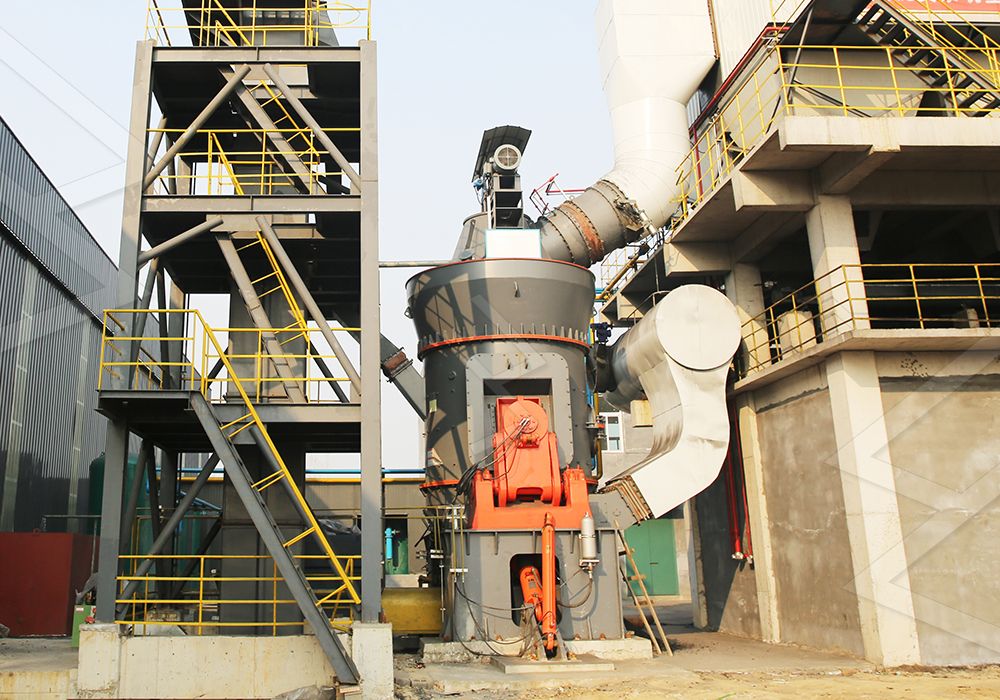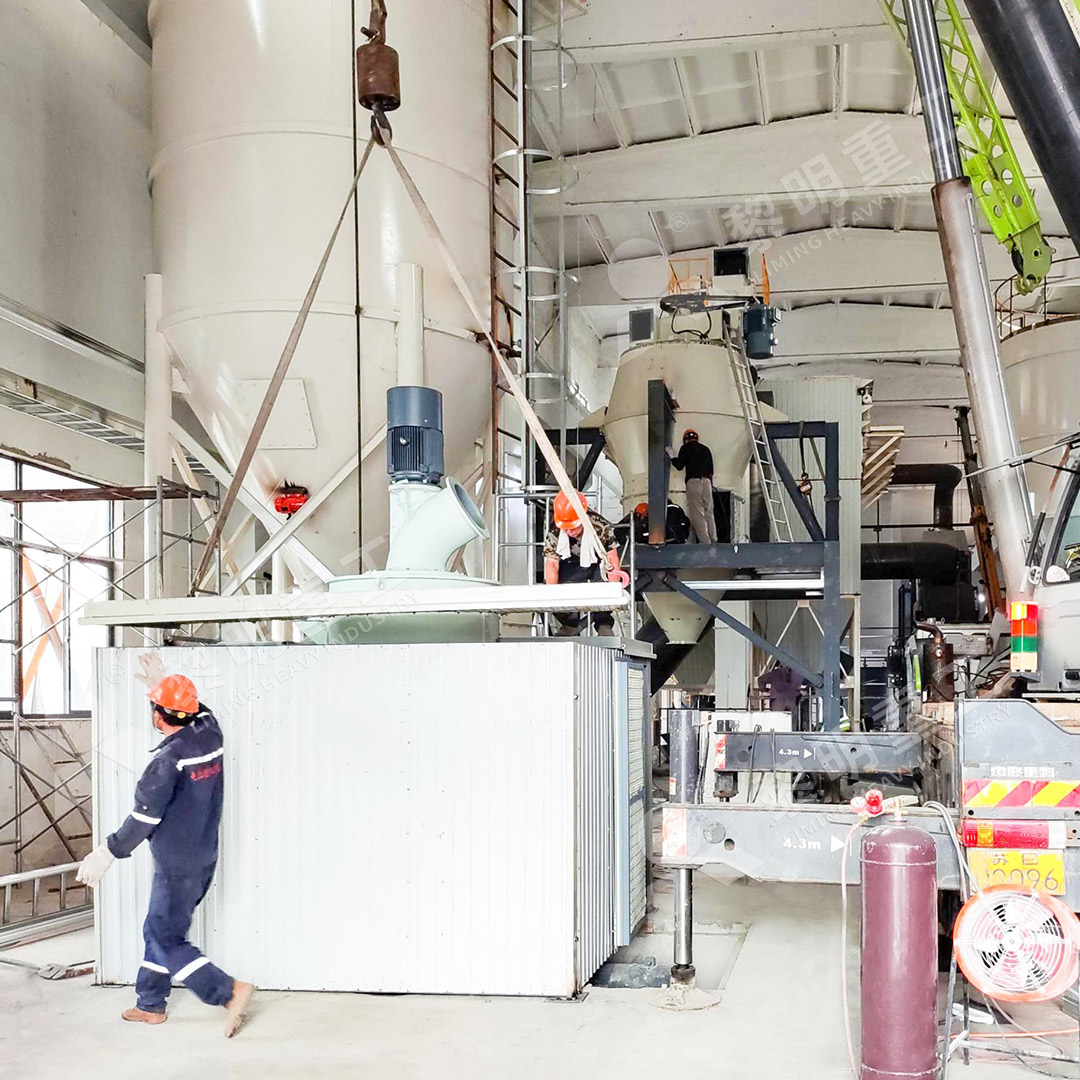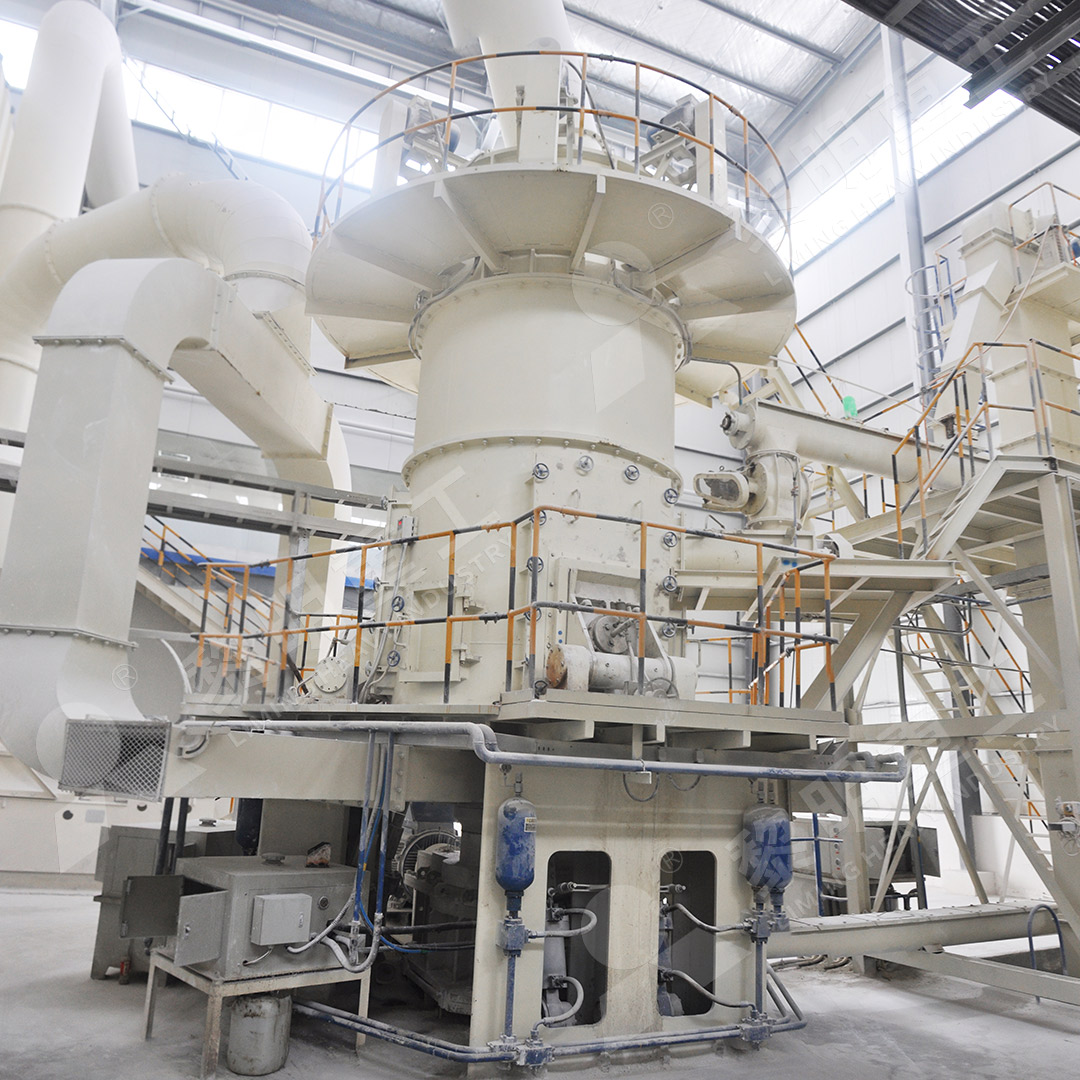30 Ton Per Hour Vertical Roller Mill for Industrial Powder Production
Meeting High-Capacity Industrial Powder Production Demands
In today’s competitive industrial landscape, manufacturers requiring consistent 30-ton-per-hour powder production face significant challenges in balancing output quality, energy efficiency, and operational costs. Vertical roller mills have emerged as the preferred solution for large-scale powder processing operations across minerals, chemicals, and construction materials sectors.

The Engineering Behind High-Capacity Vertical Grinding
Modern vertical roller mills represent a substantial evolution from traditional ball mill systems. Their unique grinding mechanism combines compression, shear, and impact forces through vertically-oriented rollers pressing against a rotating grinding table. This configuration enables significantly higher energy efficiency—typically 30-50% lower power consumption compared to conventional ball mills—while maintaining precise particle size distribution control.
The integration of drying, grinding, classification, and conveying within a single compact unit further enhances operational efficiency. Material residence time is substantially reduced, minimizing over-grinding and preserving material properties. Advanced control systems continuously monitor and adjust critical parameters including grinding pressure, feed rate, and separator speed to maintain optimal performance across varying material characteristics.
Critical Considerations for 30 TPH Operations
Achieving consistent 30-ton-per-hour output requires careful attention to several operational factors. Material characteristics—including moisture content, abrasiveness, and grindability—directly influence mill configuration and wear protection strategies. Feed size distribution must be properly managed, typically requiring pre-crushing to below 20-30mm for optimal grinding efficiency.
System design must incorporate robust dust collection and noise suppression technologies to meet environmental standards. Modern mills utilize pulse-jet baghouse filters with 99.9%+ collection efficiency, while acoustic enclosures reduce operational noise to below 85 dB. These features ensure compliance with increasingly stringent workplace and environmental regulations.

Advanced Mill Solutions for Diverse Applications
For operations requiring ultra-fine powder production between 325-2500 meshes, the MW Ultrafine Grinding Mill represents a technological breakthrough. With capacity ranging from 0.5-25 TPH, this system incorporates German-developed cage-type powder selection technology that enables precise particle size control achieving d97≤5μm in a single pass. The innovative design eliminates rolling bearings and screws within the grinding chamber, substantially reducing maintenance concerns and enabling 24-hour continuous operation.
When processing conditions demand even higher precision, the LUM Ultrafine Vertical Grinding Mill integrates the latest grinding roller technology with advanced powder separation systems. Its unique roller shell and lining plate grinding curve promotes stable material bed formation, while double position-limiting technology prevents destructive roller-to-table contact during operational fluctuations. The reversible structure allows rapid maintenance access, minimizing downtime during wear part replacement.
Operational Excellence and Maintenance Strategy
Sustaining 30 TPH output requires proactive maintenance planning. Modern vertical mills incorporate remote monitoring capabilities that track vibration, temperature, and pressure trends to predict maintenance needs before failures occur. Wear part life has been substantially extended through advanced material science, with specialized alloys providing 2-3 times longer service life compared to conventional materials.
Lubrication systems have evolved to include automatic greasing with centralized control, while hydraulic systems enable grinding pressure adjustment during operation. These features combine to achieve operational availability exceeding 95%, critical for continuous process industries where unplanned downtime carries significant financial implications.

Frequently Asked Questions
What materials can be processed in a 30 TPH vertical roller mill?
Vertical roller mills handle diverse materials including limestone, calcite, dolomite, petroleum coal, gypsum, barite, marble, talc, and various industrial minerals. Material characteristics determine specific mill configuration and wear protection requirements.
How does energy consumption compare to traditional ball mills?
Modern vertical roller mills typically reduce energy consumption by 30-50% compared to ball mill systems of equivalent capacity, while also requiring significantly less floor space.
What particle size range can be achieved?
Depending on the specific mill technology, products ranging from coarse powders (100-200 mesh) to ultra-fine powders (2500 mesh) can be produced. Advanced separator systems enable precise cut-point control and rapid product size changes.
How are maintenance requirements managed?
Contemporary designs incorporate features like external lubrication systems, reversible grinding elements, and hydraulic roller positioning to minimize maintenance time. Remote monitoring further enhances maintenance planning and reduces unexpected downtime.
What environmental controls are integrated?
Modern systems include pulse-jet dust collectors, acoustic enclosures, and fully enclosed negative-pressure operation to ensure compliance with international environmental standards for dust emissions and noise pollution.
